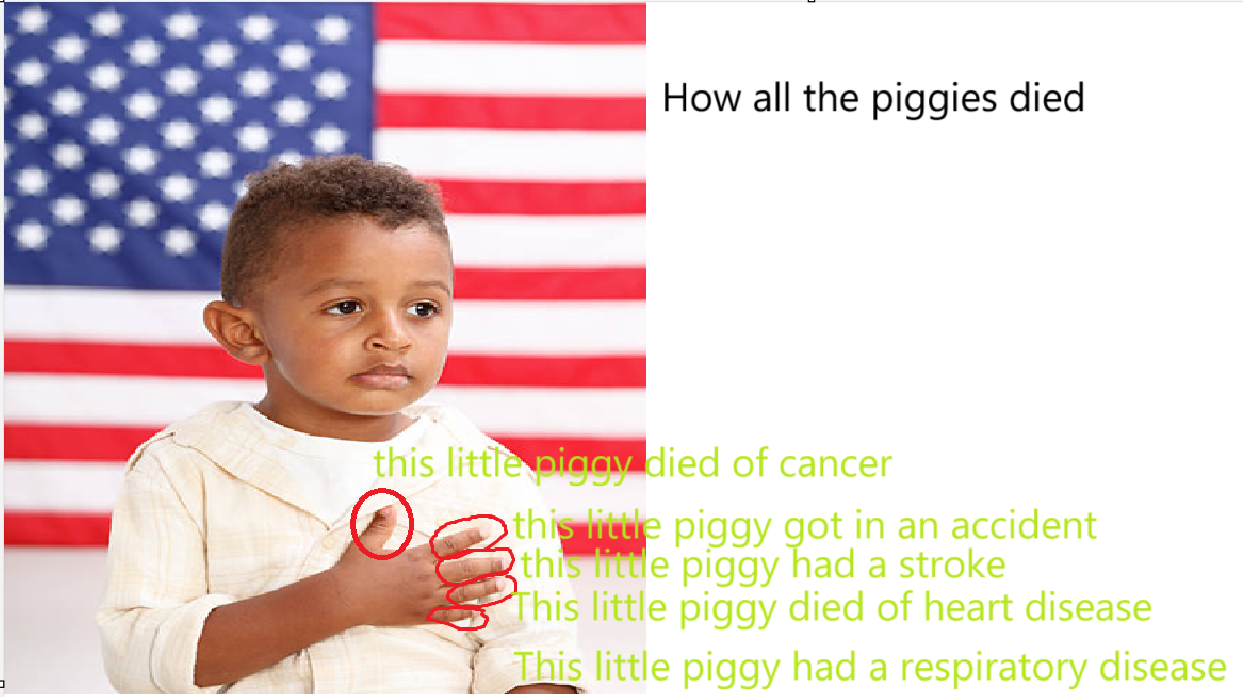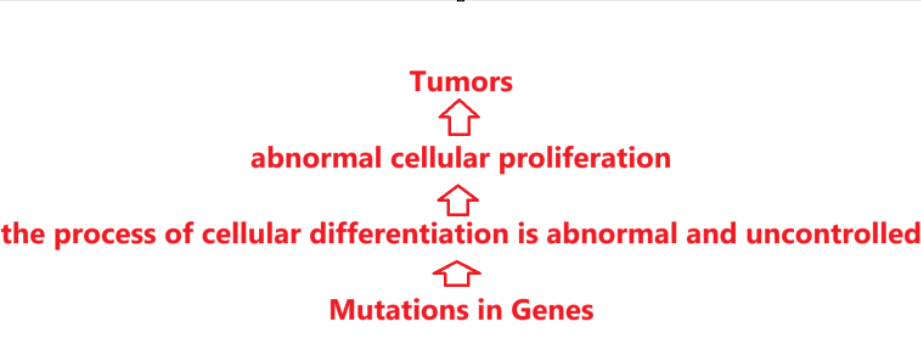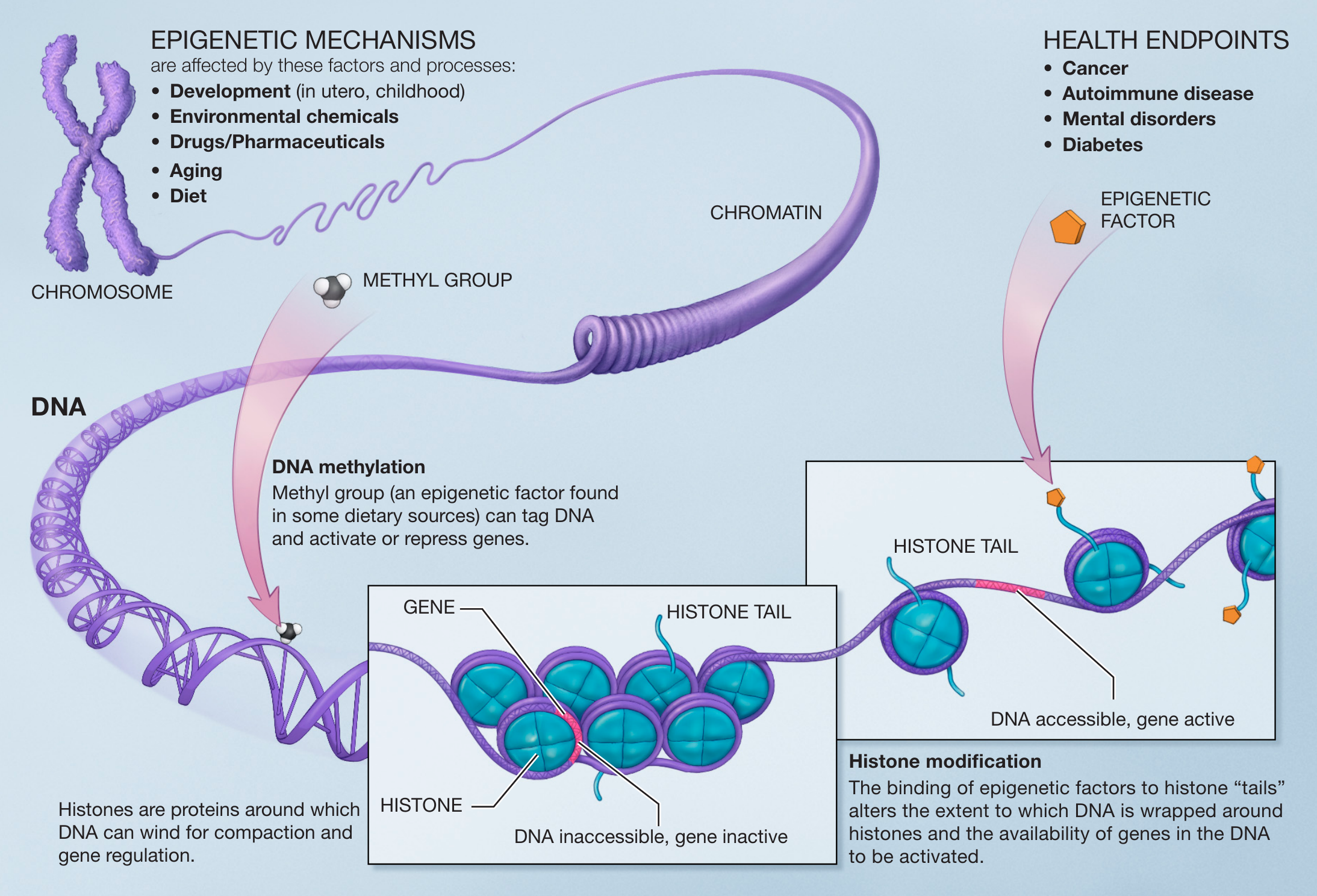Exam 4 vocal
1/170
There's no tags or description
Looks like no tags are added yet.
Name | Mastery | Learn | Test | Matching | Spaced |
|---|
No study sessions yet.
171 Terms
term. Cancer
def. a group of diseases characterized by uncontrolled growth & spread of abnormal cells
term. Oncology
def. the study of tumors
term. Neoplasm
def. new growth; i.e. cancer
How many new cases of cancer are there per year?
1.35M / year
(Excluding skin cancers)

How many cases of skin cancer / year?
1M
How many cancer deaths/ year?
555K / year

1 out of every ___ deaths in the US is from cancer
5

When lung cancer deaths are excluded, cancer mortality has declined by ___% in the last 40 years
15
Ratio of people that will develop cancer in their lifetime
1/3
Ratio of people that are diagnosed with cancer that die from their disease
less than 1/2
In the 1930s, ___% of patients survived cancer
20
With early detection _% of patients could survive cancer
90
term. Relative Risk
def. a measure of the strength of the relationship between risk factors and a particular cancer

Describe relative risk in your own words & give an example
It compares the risk of developing a cancer in persons with a certain trait/ exposure vs. persons who don’t have this trait/ exposure
e.g. people who smoke are 10x more likely to develop lung cancer
ACS stands for
American Cancer Society
NCI stats: Cancer care is ~___% of all healthcare costs
5%
term. Epidemiology
def. the study of the demographics of disease
def. the study of the distribution of and determinants of disease and injuries in human populations
term. epidemiology
term. Etiology
def. the study of the cause of disease
What causes cancer initiation

term. Oncogenes
def. cancer causing genes
The average adult has ____cancer cells in the body at any given time
1M
term. Proto-oncogenes
def. genes that are responsible for controlling cellular proliferation
anti-oncogenes aka
tumor suppressor genes
anti-neogenes
term. Prognosis
def. the probable outcome of disease
term. Carcinogen
def. a cancer causing agent
term. carcinogenesis
def. cancer formation/ production
List the 3 stage theory of cancer causation (carcinogenesis)
first stage: Initiation
second stage: promotion
third stage: progression
the subsequent carcinogens that are introduced during the promotion phase are called a
promoting agent aka co-factor
def. genes that promote cell growth and mitosis
term. proto-oncogenes
def. genes that discourage cell growth or temporarily halt cell division to carry out DNA repair
term. tumor suppressor genes
term. epigenetic carcinogen
def. a carcinogen that does not itself damage DNA, but causes alterations that predispose to cancer

term. latent period
def. the time between exposure (to carcinogen) and active disease developing (diagnosis)
def. cancers that are not inheritable and require multiple outside factors to manifest
sporadic cancers
def. cancers that are familial, and can show up with families that share a common environment or genetic abnormality
inherited cancers
How many cancer deaths per year are due to smoking
170K/ year
cig, fingers, mouth
How many overall deaths per year are due to smoking
420K/ year
(i.e. including cancer and other diseases)
FYI; 420 blaze it
Percentage of American men that smoked in:
1950s
1995
64%
28%
California prop 99 added a ___ tax per pack of cigarettes sold and used the revenue to fund anti-tobacco education programs
$0.25
California proposition 99 reduced smoking by ___%
25
Due to California prop 99, by 1992, there were roughly ___ fewer Californian smokers
1M
Tobacco use is responsible for 1in ___ deaths in the US
5
Smoking causes ___ deaths/ year
420K
Smoking causes ___deaths/day
3K
Smokers lose on average __ years of life
15

1 in __ smokers die from a smoking related illness
3
(3 smokers you know one of them will die)
Smoking accounts for __% of all cancer deaths
30
__% of US adults smoke every day
20
__% of adults who smoke started smoking by the age of 18
70
The average age for a person to begin smoking
12
1/__ of high school students are regular smokers
4 (i.e. a quarter)
Nearly ___% of lung cancers are due to smoking
90
After a person stops smoking and is smoke free for ____ years, the risk of lung cancer equals that of a non-smoker
10-15
How many chemical compounds are in a cigarette
4K
How many carcinogenic chemical compounds are there in a cigarette?
43
Smoking costs an estimated ____ dollars/ year in healthcare costs and loss of productivity
68B (almost 69)
A smoking worker costs their employer an estimated __ dollars/ year in loss of productivity
9K
ETS stands for
Environmental Tobacco Smoke (i.e. second hand smoking)
ETS results in approx. ___ lung cancer deaths/year, and ___ deaths overall (___ children)
3k
35-40K
6K
ETS increases the risk of dying from lung cancer by ____%
30
____% of cancer deaths are directly related to alcohol consumption
5
How many deaths per year happen from alcohol related cancers
19K
1/x of all cancers have an etiology based in diet
3
How many cases of cancer have an etiology based in diet. Cases/ year
400K
How many cases of cancer deaths have an etiology based in diet. Cases/ year
180K
How much do cancer cases due to diet cost per/year
$35B
An estimated __% of all deaths from all causes could be saved by changing dietary habits
9
PAHs stand for
polycyclic aromatic hydrocarbons
HCAs stand for
heterocyclic amines
% of men and women in the US that are overweight
25
(quarter pounder americans)
$___is spent annually by Americans in weight loss programs
30B
RDAs for fruits and veggies
5-9 servings
Dietary fat should be no more than __% of your calorie intake
30%
The food industry spends ___x as much as the tobacco industry in advertising
Twice
6 stages of behavioral change in individuals
Precontemplation
Contemplation
Preparation
Action
Maintenance
Termination
6 stages of behavioral change in individuals. What stage is this?
One is not yet considering a behavior change
Precontemplation
6 stages of behavioral change in individuals. What stage is this?
One begins to perceive a change is necessary
Contemplation
6 stages of behavioral change in individuals. What stage is this?
One considers cost/benefit of change
Preparation
6 stages of behavioral change in individuals. What stage is this?
one seeks out resources to effect the desired change
Action
6 stages of behavioral change in individuals. What stage is this?
The person attempts to permanently establish a new behavior
Maintenance
6 stages of behavioral change in individuals. What stage is this?
The stage of zero temptation to engage in old behavior
Termination
Fraction of US cities drinking water supplies that do not meet federal clean water guidelines
2/3
term. Sign
def. an objective finding as perceived by an examiner (e.g. rash, mass)
term. Symptom
def. a subjective indication of disease or change in condition as perceived by the patient (e.g. pain)
term. Screening
def. checking for disease in asymptomatic populations
def. refers to a health promotion and risk reduction. The promotion of a healthy lifestyle.
term. Primary Prevention
def. screening and detection to identify & treat cancer cases while they are still at an early stage
term. Secondary Prevention
def. the treatment of cancer to avoid clinical complications and recurrence, to promote faster rehabilitation and to limit disability. Also follow-ups.
term. Tertiary Prevention
Describe the following in a few words:
Primary Prevention
Secondary Prevention
Tertiary Prevention
Primary Prevention: promoting a healthy lifestyle
Secondary Prevention: screening and detection to catch & treat cancers early on
Tertiary Prevention: treatment of cancer + followups
term. Diagnosis
def. Determining the disease or disorder
def. an abnormal increase in the number of cells in a tissue (not cancerous but may lead to cancer)
term. hyperplasia
def. a reversible process of one adult cell type replacing another cell type. It is not cancerous but may precede cancer
term. Metaplasia
def. Abnormal changes of cell size, shape and organization, not cancerous but may precede cancer.
def. Dysplasia
def. Cellular disorganization, characterized by possible malignant alterations
term. anaplasia
An example of this pre-cancerous condition would be squamous cells replacing columnar cells of the cervix
metaplasia
term. Staging
def. Determining the EXTENT of disease
UICC stand for
International Union Against Cancer
The two staging systems that dominate (AJCC & UICC) both use the principles of?
TNM
POG stand for
Pediatric Oncology Group
FIGO stand for
International Federation of Gynecology and Obstetrics